#anomura
Text

Strange Symmetries #13: The Hermit Crab Cycle
Hermit crabs are crustaceans that first appeared at the start of the Jurassic, about 201 million years ago. Despite their common name they aren't actually true crabs, instead being a classic example of convergently evolving a crab-like body plan via carcinization.
They also have noticeably asymmetric bodies, with abdomens that coil to one side and differently-sized front claws.

Pagurus bernhardus by Arnstein Rønning | CC BY 3.0
And while modern hermit crabs are famous for inhabiting scavenged snail shells, their fossil record suggests this wasn't always the case.
Originally, they seem to have lived in ammonite shells.
Palaeopagurus vandenengeli lived in what is now northern England during the Early Cretaceous, about 130 million years ago. Around 4-5cm long (~1.6-2"), it was found preserved inside the shell of the ammonite species Simbirskites gottschei.
Its left claw was much larger than its right, and together they would have been used to block the shell opening when it was hiding away inside. And while the exact shape of its abdomen isn't known, it probably asymmetrically coiled to the side to accomodate the spiralling shape of the host shell.
Hermit crabs seem to have switched over to using gastropod shells by the Late Cretaceous, around 90-80 million years ago, possibly due to marine snails developing much stronger sturdier shells during this period in response to the increasing prevalence of specialized shell-crushing predators. The more upright snail shells would also have been much easier to drag around the seafloor than ammonite shells – and meant that they were ultimately less affected by the total disappearance of ammonites during end-Cretaceous mass extinction.
———
NixIllustration.com | Tumblr | Twitter | Patreon
#science illustration#strange symmetries#paleontology#paleoart#palaeoblr#palaeopagurus#paguridae#paguroidea#hermit crab#anomura#decapod#crustacea#arthropod#invertebrate#art#carcinization
981 notes
·
View notes
Text

Decapocember Day 4: The infraorder Anomura is full of decapods called crabs that aren't actually crabs (brachyurans are true crabs). Carcinization led to many of them becoming crab-shaped. One feature common in anomurans is that two of their appendages are significantly smaller than the others, making them look like they have eight limbs.
#decapocember#decapod#crustacean#anomura#crab#carcinization#nature really likes crabs#art#educational
222 notes
·
View notes
Text
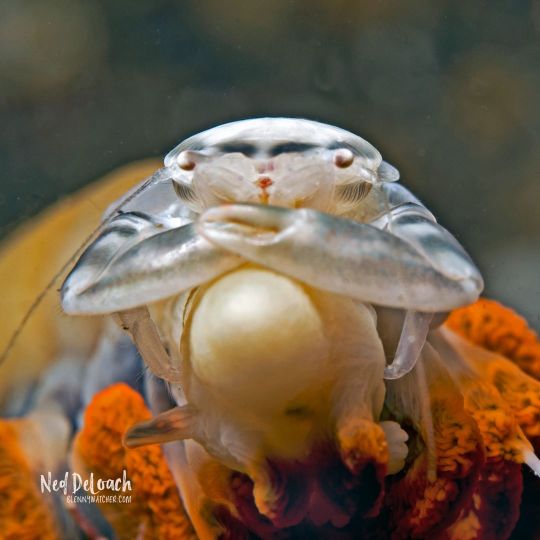
Three-lobed Porcelain Crab
#three lobed porcelain crab#porcelain crab#crab#Porcellanella triloba#Malacostraca#Decapoda#Pleocyemata#Anomura#Galatheoidea#Porcellanidae#Porcellanella#upl
4 notes
·
View notes
Photo

Aeglidae
The Aeglidae are a family of freshwater crustaceans currently restricted to South America. They are the only anomurans (hermit crabs, squat lobsters, et al.) to be found in fresh water except for a single hermit crab species, Clibanarius fonticola, on Espiritu Santo, Vanuatu.
Aeglids resemble squat lobsters in that the abdomen is partly tucked under the thorax. The notable sexual dimorphism in the abdomen is related to the behaviour of carrying fertilised eggs on the pleopods.
Aeglids are omnivorous, preferring plant matter, but also eating adult insects, molluscs, fish and fly larvae...
Read more: https://en.wikipedia.org/wiki/Aeglidae
photograph by Jaocowiki | Wikipedia CC
32 notes
·
View notes
Text
JAPAN sex and pee Vol 24
Teen bondage tied orgasm Sphincterbell
Gostosa rebolando de calcinha
Hot goddess play with her feet, lick smell, do footjob
Busty teen pleasing seniors cock
A Vero le encanta por el culo
Banging Amazon Delivery Girl On My Table Nice Thong Fucking POV
ARAB ANAL SEX HOMEMADE
Busty Cherie De Ville sucking and fucking her client
lusty aunty travelling to show her navel
#cholecystokinin#ochro#fraters#demigoddessship#VSP#Kenipsim#sirmark#uber#engram#Vendean#brawlstars#backsplice#Anomura#couldest#er#unmuffling#hirpled#untrumpeted#cystocolostomy#unkneaded
0 notes
Text
Sucking in public in the tube
Tribute To Lisa Kelly
Busty black girl riding thick white cock interacial couple
Hot old and juvenile action with hot teen pussy finger screwed
Big ass riding hard cock and creaming on it
Gorgeous chicks getting their wonderful young pussies destroyed
Hot leaked videos of bj in car
Fuck in running train girl on top
Masturbating With ButtPlug In Her Asshole
novinha min dando o cu
#engram#Vendean#brawlstars#backsplice#Anomura#couldest#er#unmuffling#hirpled#untrumpeted#cystocolostomy#unkneaded#autodidactic#diaphtherin#Niederosterreich#take-#year-end#mineraiogic#salicylal#modernities
0 notes
Text
Animal practice 33





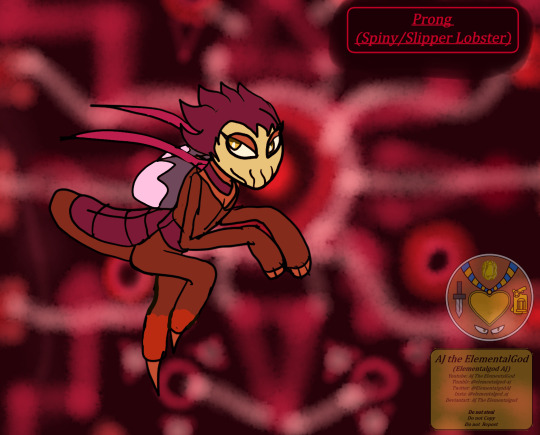

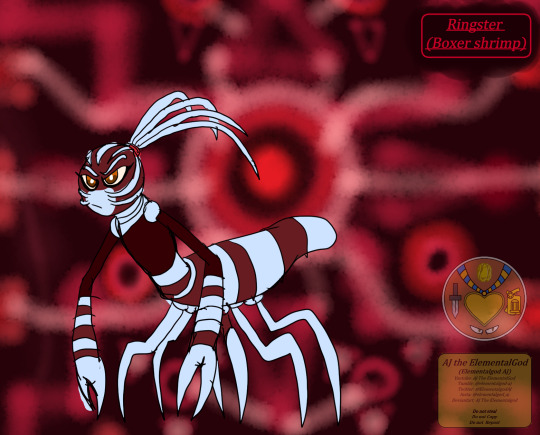
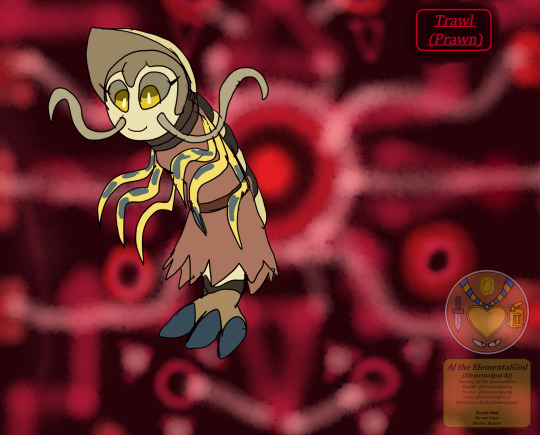

Panarthropoda
Arthropoda 3
Crustacean 2
Brachyura
Cyrus (Ghost crab/Christmas island crab)
Anomura
Hikikomori (secondary crabs)
Astacidea
Shelton (lobster)
Etta ( Crayfish)
Gebiidea/Axiidea
Clay (Mud Lobster)
Achelata
Prong (Spiny/Slipper lobster)
Caridea
Parker (Shrimp)
Stenopodidea
Ringster (Boxing shrimp)
Dendrobranchiata
Trawl (Tiger prawn)
Euphausiacea
Minute (Krill)
#the watchful eye#watchful eye#my ocs#my art#my oc#aj the elementalgod#elementalgod aj#isle 0#toonverse oc#o'kong family#neo demons#earthdemons#anthro allies#panarthropoda#arthropods#crustaceans#crabs#anomura#lobsters#crayfish#mud lobster#spiny lobster#slipper lobster#shrimp#boxing shrimp#prawn#krill
1 note
·
View note
Text
yeti crabs are the squat lobsters of all squat lobsters
#they really are just the squatties of all time#you look up Anomura and its just Kiwa rotating in your mind#griwing bacteria on their setae while they chill out (4/5th of the soecies at least) at a hydrothermal vent
2 notes
·
View notes
Text
I couldn't be a carcinologist, it seems too overwhelming (but awesome!)
#learned about decarcinisation#and brachyura vs anomura#AAAAAAAAAAAAA#I love crabs#also#what the hell are coconut crabs#they're so fascinating!!!
0 notes
Text

And you thought snorkelling would be boring! The encounter with hermit crab Anomura surprises you both - and she's a little shy because she's not expecting visitors and hasn't tidied her can.
It's mermay , my dudes! And on this occasion, of course, I can't pass up the chance to give you a cute lady crab. 🦀 (Does that still count?) It's a redraw of an older illustration - it's cool to see how much my style has improved from this:

Just a greyscale WIP this time while I'm preparing something even bigger… 👀 Take care and much love!
#mermay 2022#mermay#mermaid#mermaid art#hermit crab#redraw#original character#character design#character concept#oc#digital art#fantasy art#classyfruit art#classyfruit oc#classyfruit
692 notes
·
View notes
Note
Could I suggest Pokemon based on the geological time periods of Earth's history, such as Paleozoic and Cenozoic?
Having a design represent a whole era might be hard to do, but my carcinization mon is taking a look at how one species evolved over time.
I saw a comment or two saying how Anodukes is just a crab, but I was referencing the Anomura infraorder which are "fake crabs" including hermit crabs and squat lobsters (Anodukes more inspired by the latter).
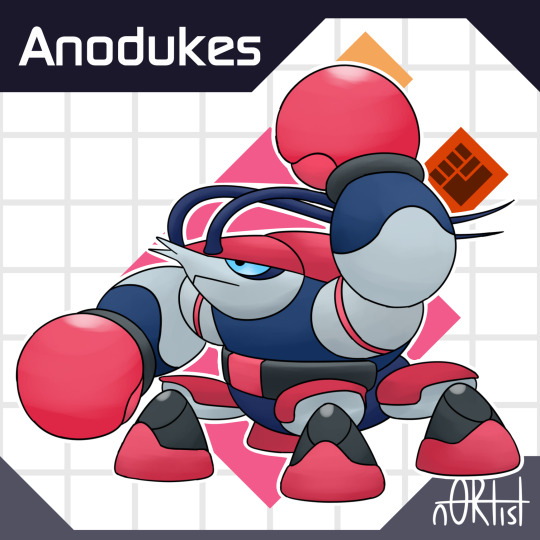
18 notes
·
View notes
Text
Animal Crossing Fish - Expained #225
Brought to you by a marine biologist with our last crabby boy for now...
CLICK HERE FOR THE AC FISH EXPLAINED MASTERPOST!
Today's animal will be our last crustacean for the time being. Above I said "crabby" but, as we learned last time we spoke about crabs, carcinization, and the hermit crab, not every crustacean with a stout body and pinchers is a true crab, the InfraOrder Brachyura. That's right, marine biologists gatekeep crustaceans. Just one of those benefits. So, today's animal is, instead, the largest member of the InfraOrder Anomura, the hermit crabs. It's the infamous Coconut Crab!

I really wish this one was still in the games, especially ACNH. Would be cool as hell while you're scouring your island, you happen across this thing that would be larger than the tarantula, looks like it also, but way less agro. Unfortunately, it only appears in Animal Forest e+ late at night in coconut trees without fruit during the summer months. That is extremely on-brand for the coconut crab, and I appreciate it.
The coconut crab (Birgus latro) is the largest hermit crab in the world, and also the largest terrestrial arthropod as well. Crustaceans just beat every other arthropod in the size department no matter what, it seems. They are native to various Indo-Pacific island chains, including some archipelagoes belonging to Japan, Micronesia, Seychelles, etc etc. Hilariously, they have the densest population on Christmas Island, where they are outnumbered 50 to 1 by the Christmas Island red crab (which we suspected was Animal Forest e+'s other exclusive Crab). The distribution of coconut crabs also seems to follow the same pattern of the Coconut Palm and I just love how Animal Forest e+ brought these three species together, as they are in real life. They also come in various color morphs - looks like Animal Crossing decided to go with the blue variety.

By Brocken Inaglory - English wikipedia, CC BY-SA 3.0, https://commons.wikimedia.org/w/index.php?curid=3238751
Unlike most crustaceans we have covered who live out their lives on the ocean bottom, the coconut crab, and its terrestrial hermit brethren in Coenobitidae, lives a completely terrestrial life. In fact, if it spends too much time underwater, it will drown! That's because they have an important adaptation to living on land, and that is a lung-like gill-like organ called the branchiostegal lung. Plenty of other terrestrial crustaceans have this organ, allowing them to live on land. However, just like amphibians, the coconut crab needs to return to the sea to hatch their eggs. As larvae, they live amongst the plankton like any other crab does, molting and morphing into an adult that eventually lands on a new beach and begins its land-lubbing life.
Unlike other hermit crabs that famously make a home of discarded shells, the coconut crab, as a large adult, doesn't. Its back end hardens so that it's no longer vulnerable. And good thing, because as the largest invertebrate on land, it would have a hell of a time finding a big enough shell to put its behind in.
I think coconut crabs really got their fame from their immense size. Like I said above, this is THE largest arthropod living on land. It literally beats insects and spiders on their own turf. Some of the largest individuals' leg spans reach 3 ft (~1m). Below is probably one of the most popularized photos of a coconut crab, usually followed by some ignorant comment about "nightmare fuel". It does an excellent job showing how goddamn big they are.

At this size, it only has humans and other, bigger coconut crabs to worry about. Despite the size, there's no danger posed by the coconut crab to people. Though it's an omnivore, its diet is mostly made up of plant material, like fruits, nuts, and, on special occasions, coconuts. Those big claws help it get through its environment and get into the husks of coconuts, among other things, like trash cans.
And there you have it. Fascinating stuff, no?
#coconut crab#crab#hermit crab#marine biology#crustaceans#ocean#animals#arthropods#animal crossing#animal forest e+#science in video games#animal crossing fish explained
28 notes
·
View notes
Text

Haha! Day 2… Anomura Fungus
21 notes
·
View notes
Text
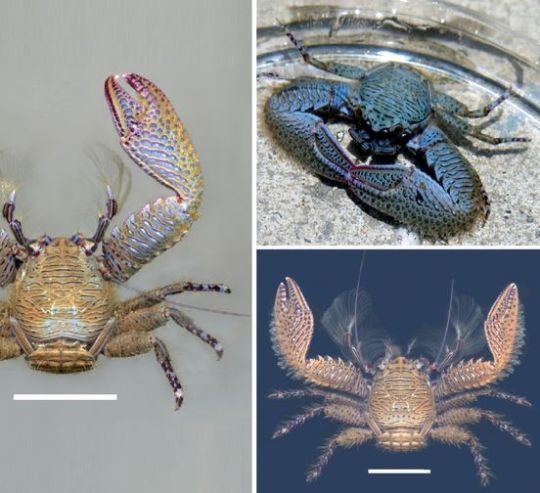
Description of a new species of the Petrolisthes galathinus complex from the Caribbean Sea, and resurrection of Petrolisthes occidentalis from the East Pacific (Crustacea, Anomura, Porcellanidae)
Alexandra Hiller, Bernd Werding
Abstract
The Petrolisthes galathinus complex currently consists of six American species distributed in the West Atlantic, including the amphi-American P. galathinus.
All species in the complex are similar in their adult morphology but differ in colour, size, larval morphology, and shape of the adult sternal plate.
The West Atlantic species have different geographic ranges, which overlap in the southern Caribbean. Previously published molecular data support the monophyly of the complex, and the reciprocal monophyly of each described species and further clades corresponding to different colour morphs.
Here, the morph P. caribensis “Blue” is described as Petrolisthes coeruleus sp. nov., and Petrolisthes occidentalis is formally resurrected for the Pacific individuals of P. galathinus.
By adding these two species to the P. galathinus complex, this now consists of eight species. Colour illustrations of all species and colour morphs are provided and their geographic distributions and ecological ranges are discussed and updated.
Read the paper here:
Description of a new species of the Petrolisthes galathinus complex from the Caribbean Sea, and resurrection of Petrolisthes occidentalis from the East Pacific (Crustacea, Anomura, Porcellanidae) (pensoft.net)
14 notes
·
View notes
Text
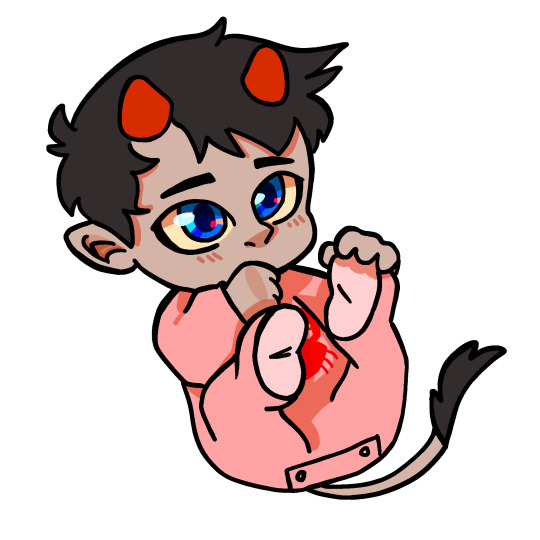

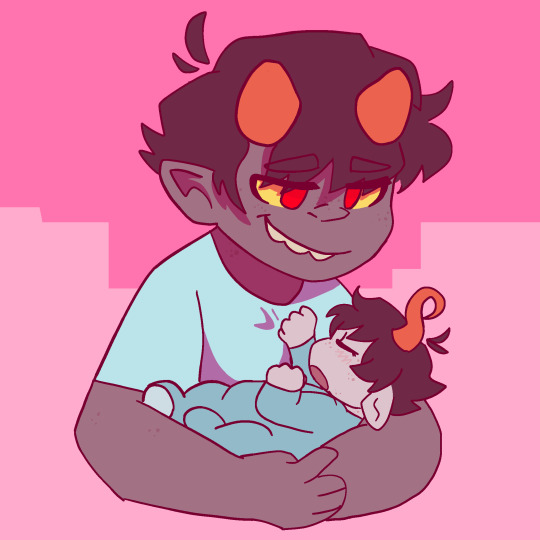


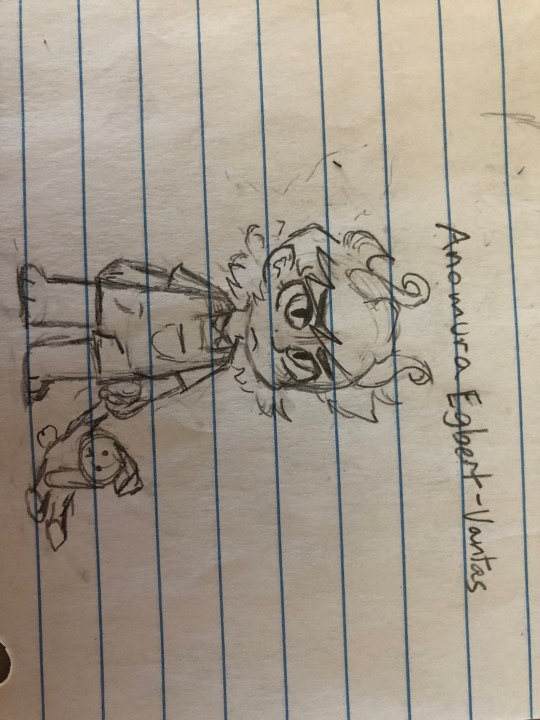


Old art of the johnkat babies
The one with curly horns is anomura and the little one doesn’t have a name yet, suggest a name for them if you wanna!
21 notes
·
View notes
Note
(Anon) Random Crab Facts!
False crabs come from the order Anomura while other crabs are classified as Brachyura. Anomura have a smaller last set of legs – which are sometimes not even visible — elongated abdomens and tails like shrimp or lobsters.


" so. . you're saying crabs are lying about what they are?
that's why they're food. "
#風切 :『 ᶤ'ˡˡ ᵐᵃᵏᵉ ᶤᵗ ʰᵃᵖᵖᵉᶰ ; ᶤ ᵖʳᵒᵐᶤˢᵉ 』 - main verse.#落ちる羽 :『 ᵃˢ ᵃ ʰᵉʳᵒ ; ᶤ ᶜᵃᶰ'ᵗ ˡᵒˢᵉ ᵗʰᵉ ᵗʳᵘˢᵗ ᵖᵉᵒᵖˡᵉ ʰᵃᵛᵉ ᶤᶰ ᵐᵉ 』 - answered.#quietpace#thank you for the fact totally anonymous user#false crabs are now an enemy of the estate
1 note
·
View note